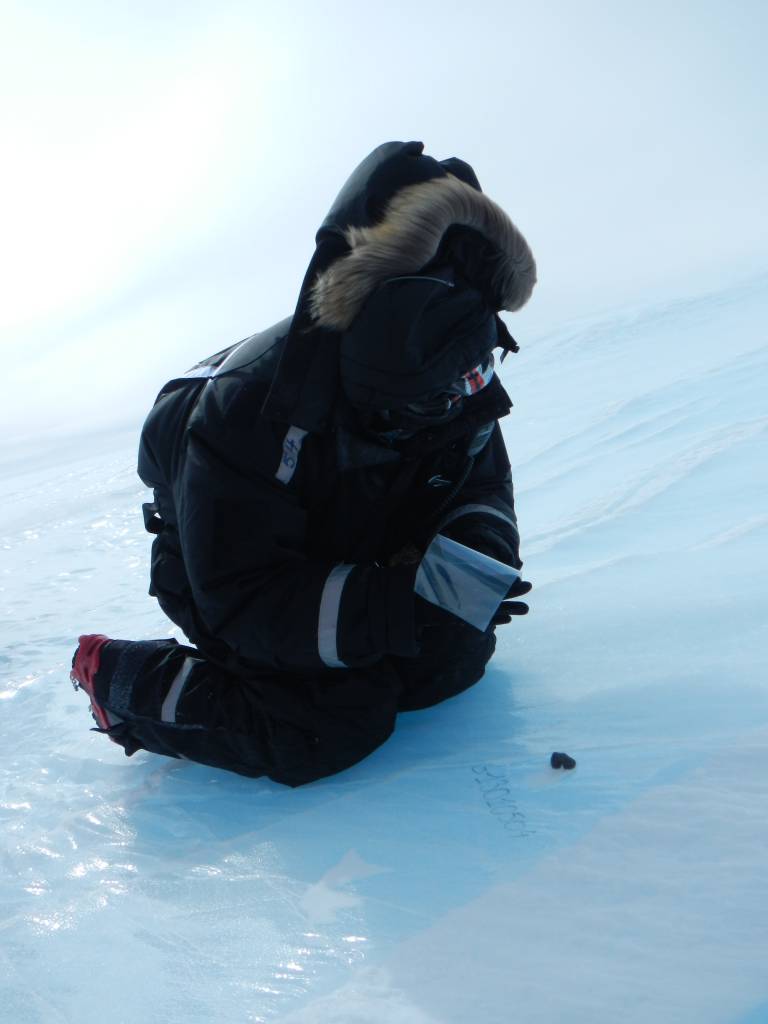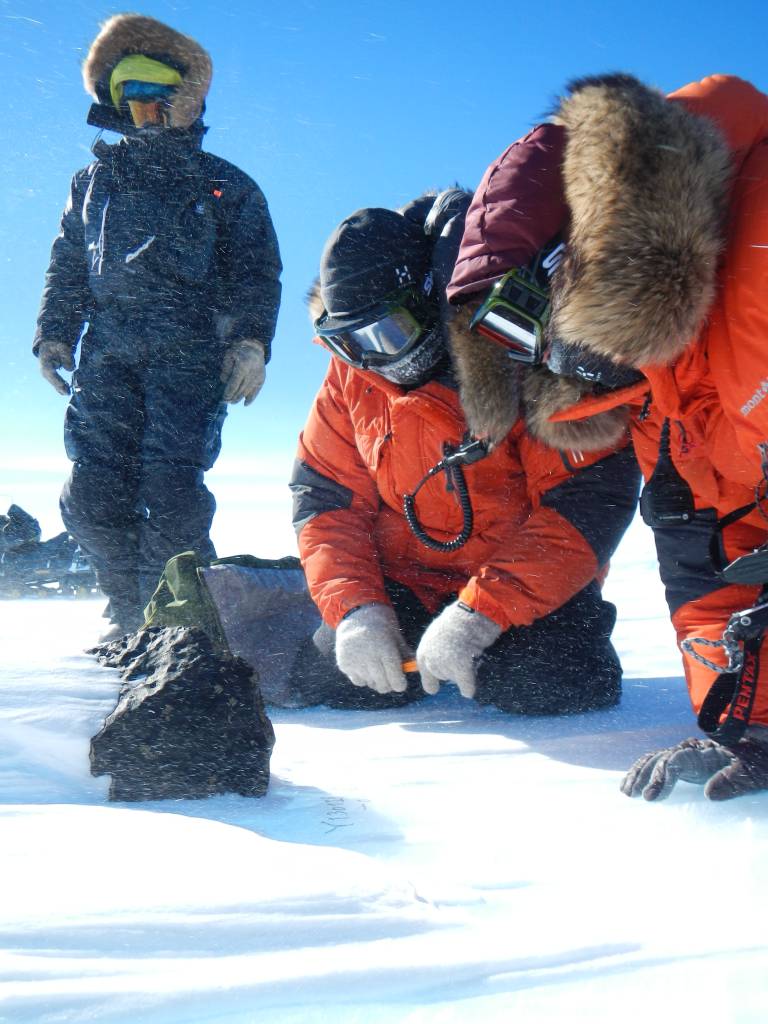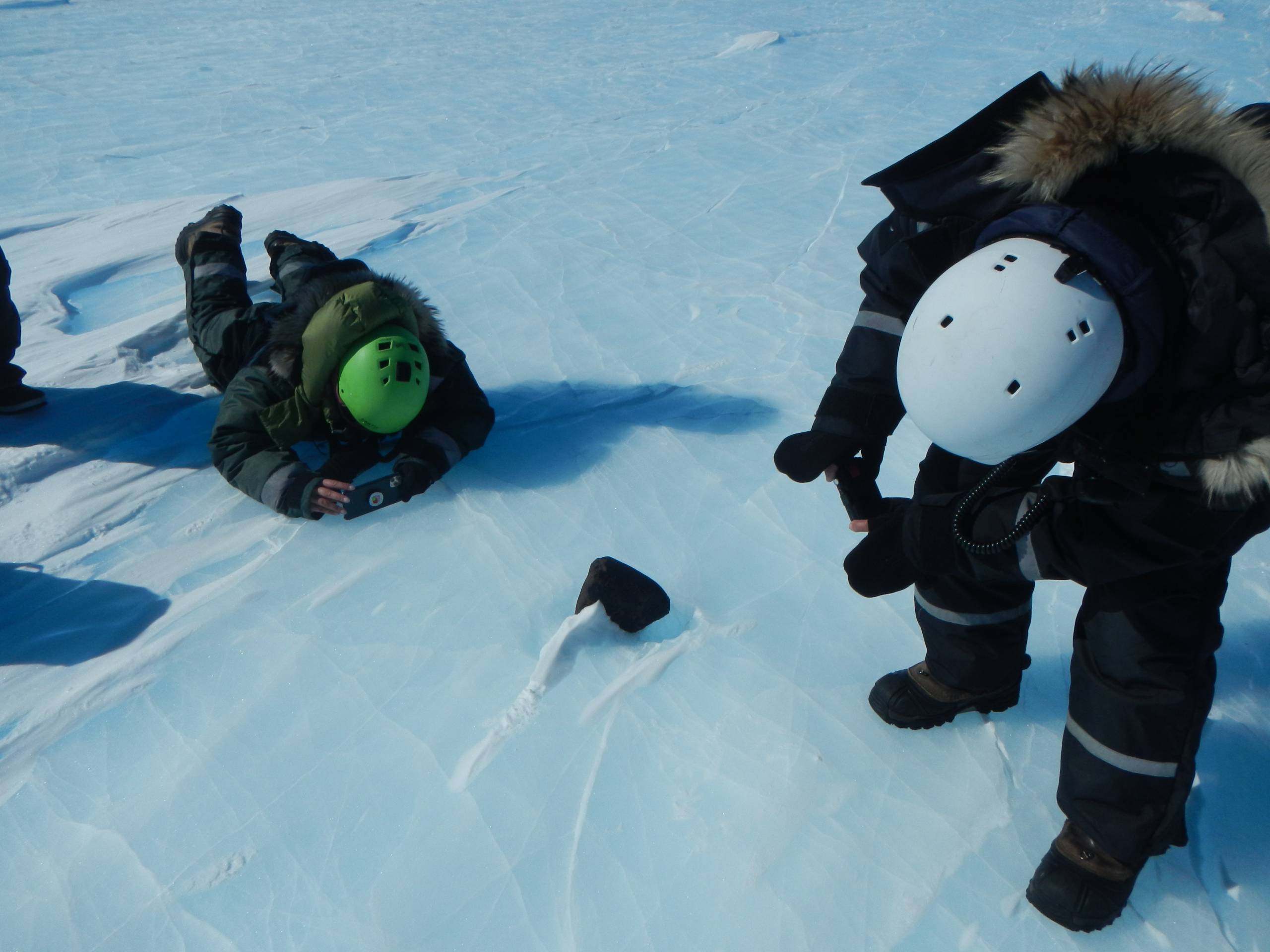Research group
In the Laboratoire G-Time, we combine different expertise in Earth sciences to understand the interior of the Earth and other planets in our solar system. One of these expertise in the chemical study of meteorites, fragments of asteroids or even planets, like Mars. Thanks to their chemical compositions, we can reconstitute the geological history of their parent body: how the solar system condensed, how and when asteroids formed, how planets evolved, was the Earth working differently in its distant past compared to today… For that, we use state-of-the-art mass spectrometers to measure very precisely the chemical and isotopic compositions of space rocks. A part of the work is also to go on the field to collect meteorites that have been delivered to earth. For that, we target hot and cold deserts. For example, the Atacama Desert in Chile is one of the driest places on Earth and meteorites can be found well-preserved. But the best place today to find meteorites is the Antarctic continent, where the movements of glaciers concentrate meteorites in some strategic places. We can target those places on satellite images and go to collect hundreds of meteorites that have fallen over the last million year on Earth. Thanks to those “terrestrial space missions”, we can obtain precious samples to study our solar system in the laboratory. The future steps will involve samples returned from Mars, thanks to the NASA-ESA Mars2020 project that currently uses the Perseverance Rover to drill and collect samples at the surface of Mars. The Laboratoire GTime is participating in the Mars2020 operations and in the implementation of the Mars Sample Return expected within the next 10 years.


Keywords :
Meteorites, Planet Mars, The Moon, Formation of the solar system
Contact:
Vinciane Debaille (Vinciane.Debaille@ulb.be)


